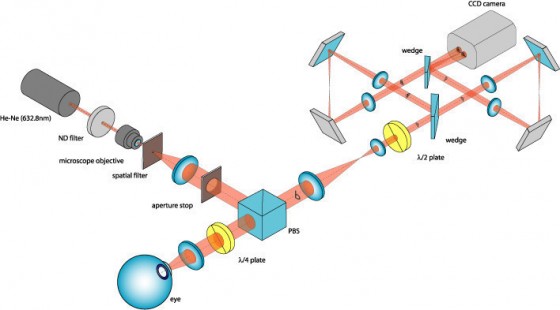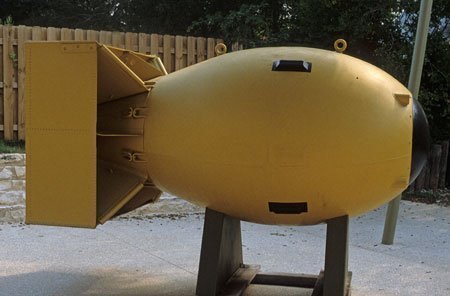Interferometry is a series of techniques that uses a series of superimposed electromagnetic waves to extract data and other insights regarding the waves. The device used to measure the waves is an interferometer. Interferometry is primarily used in the fields of fiber optics, engineering metrology, optical metrology, seismology, oceanography, astronomy, particle and nuclear physics, quantum mechanics, bio-molecular interactions, and remote sensing.
How does Interferometry Work?
Interferometry provides a high resolution depiction of the spatial relationships for specified wavelengths. Two or more radio antenna that a known distance separates collect electromagnetic radiation. The antennas’ maximum separation determines the measurements’ resolution. This separation can range out to several kilometers for a single base station or in the thousands for networked monitoring or measuring stations. More recently, scientists were able to use the same antennas whose readings were measured over time to generate results similar to those found when electromagnetic waves at different antennas over distance were measured. The same waves are recorded at each antenna and then super-imposed on each other to provide a single picture of the effect or signal under analysis.
When was Interferometry Invented?
The American physicist, A.A. Michelson, was the first person to suggest the idea of interferometry in 1890. He hypothesized that star diameters could be measured using optical interferometers. The first researchers to successfully use the technique to do so were F.G. Pease and J.A. Anderson in 1920 in their measurements of Mira, Betelgeuse, and Antares. Their research was the first to confirm that there were giant and super giant stars. British astronomer, Robert Hanbury Brown, later developed the intensity interferometer in 1956 that measured the size of radio stars. He used his research to create a catalog of the size of the hotter stars seen in the sky.
What are the Uses of Interferometry?
Radio interferometry was the most prevalent use of the technique after its discovery due to the higher degree of accuracy that the technique could obtain. It was more recently discovered that optical interferometry can achieve measurements with an even smaller error rate because the wavelength of visible light is smaller than radio waves. Both techniques are best known for their use in astronomy to measure the size of stars, planets, and asteroids. Specifically, they are used to measure the diameter and relative flatness of heavenly bodies that have further applications in the study of astronomy and cosmology.



Follow Us!